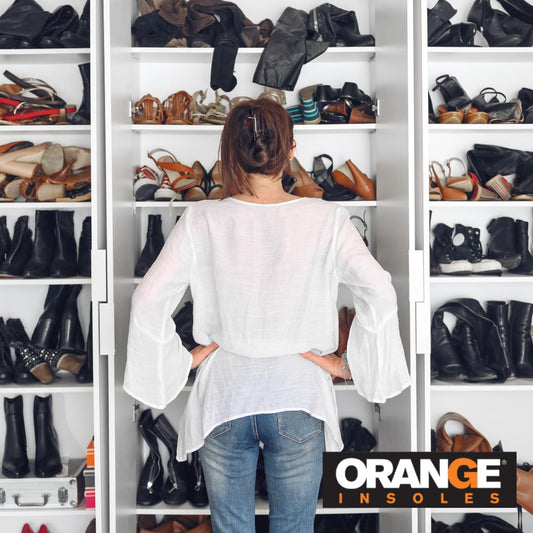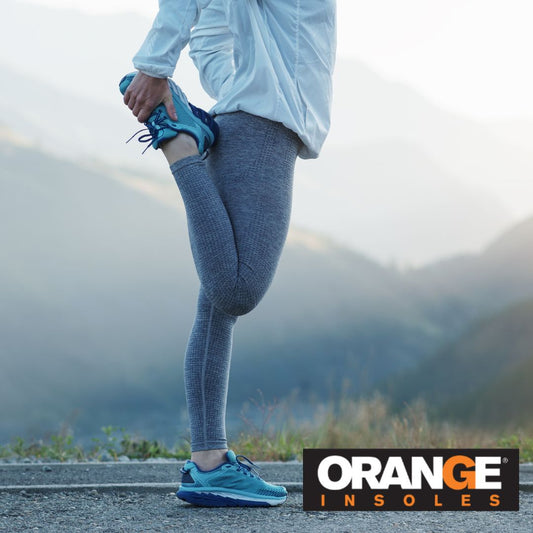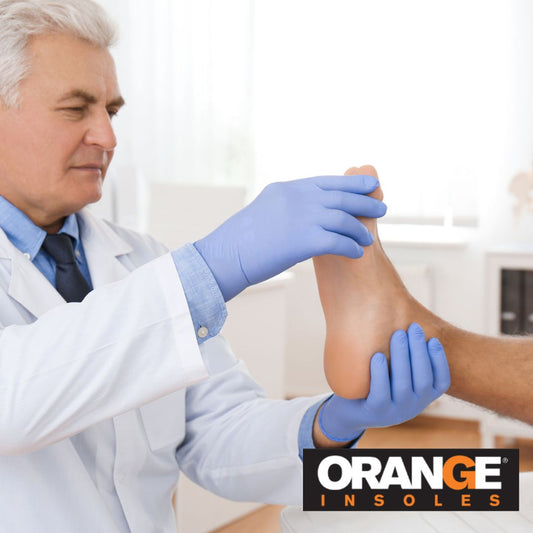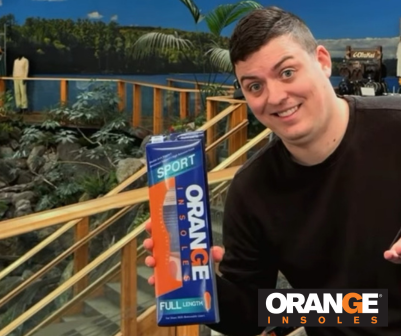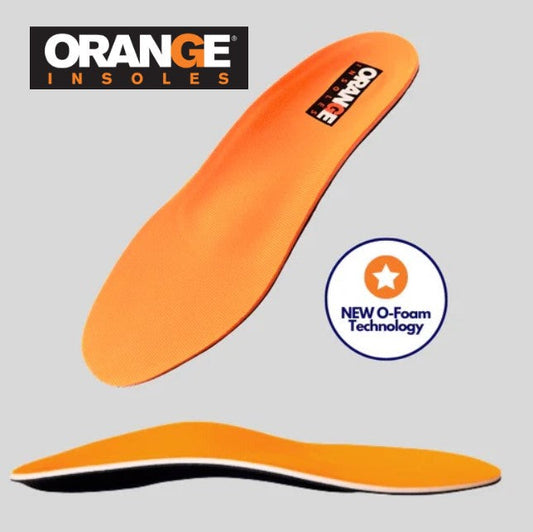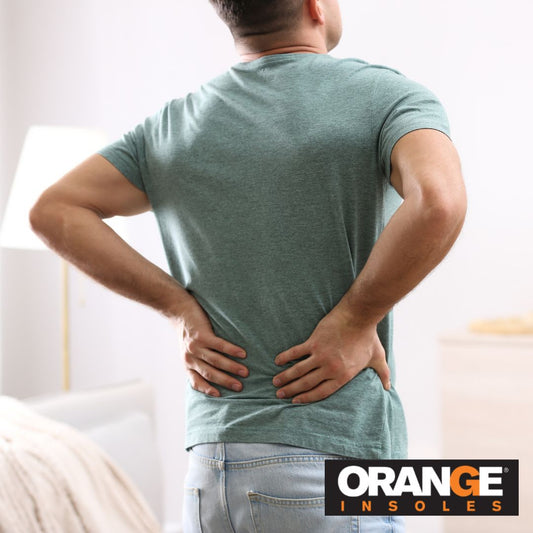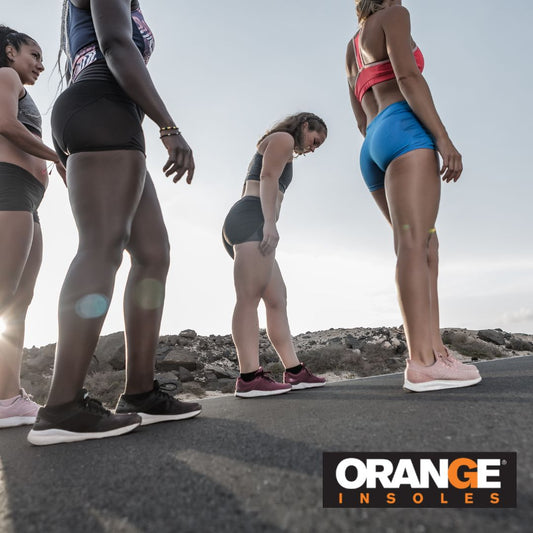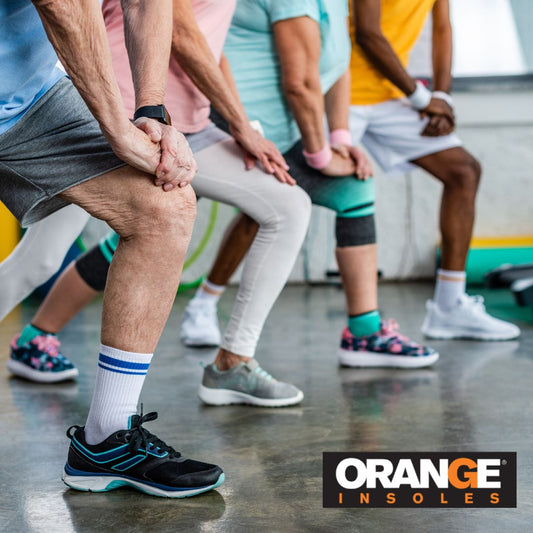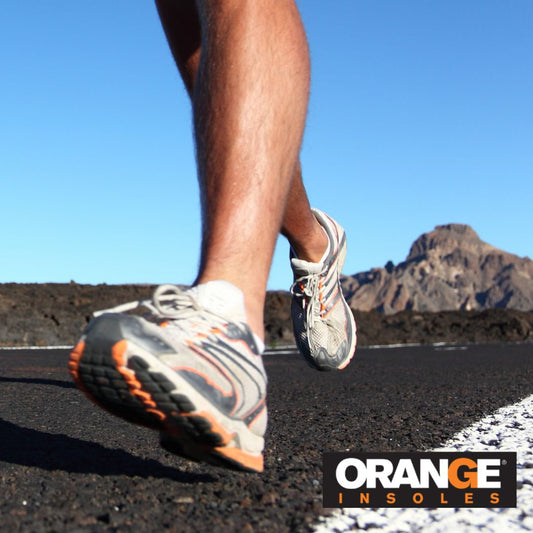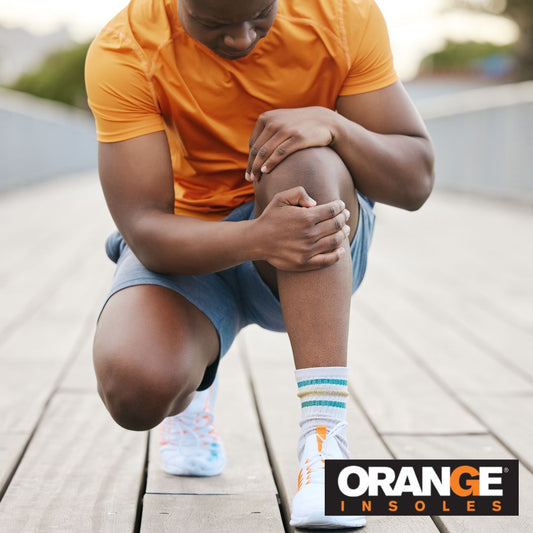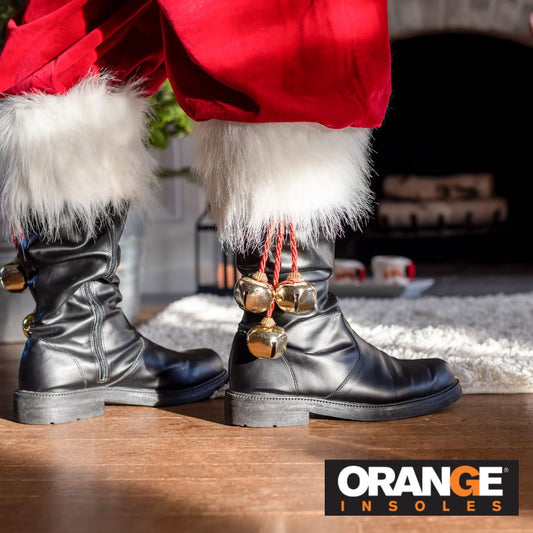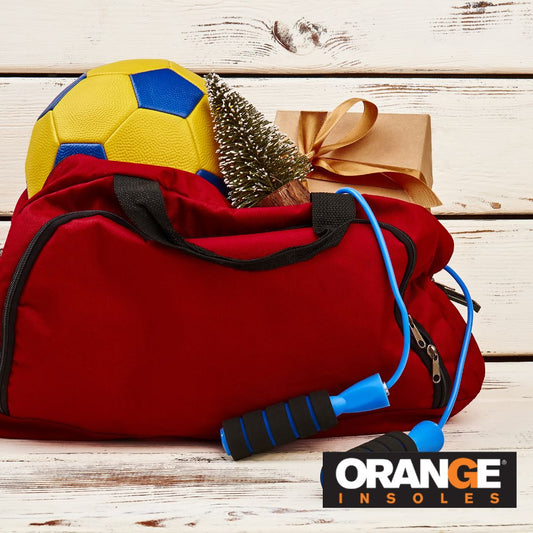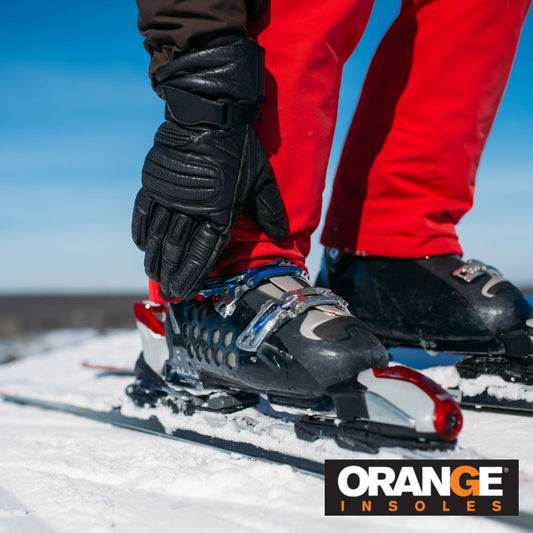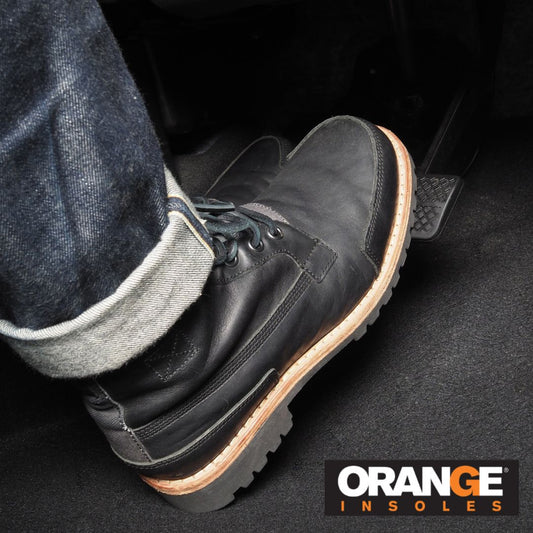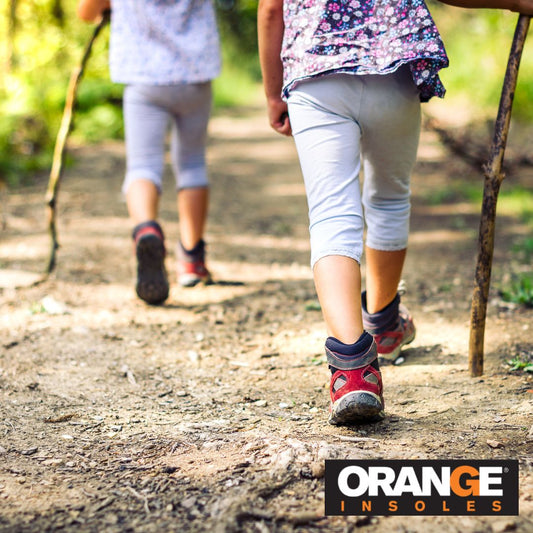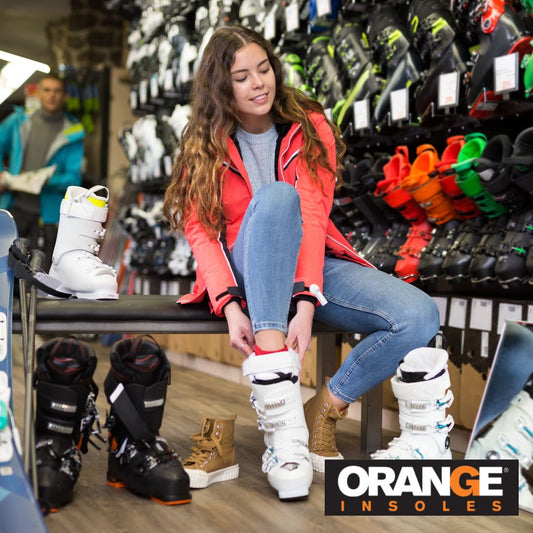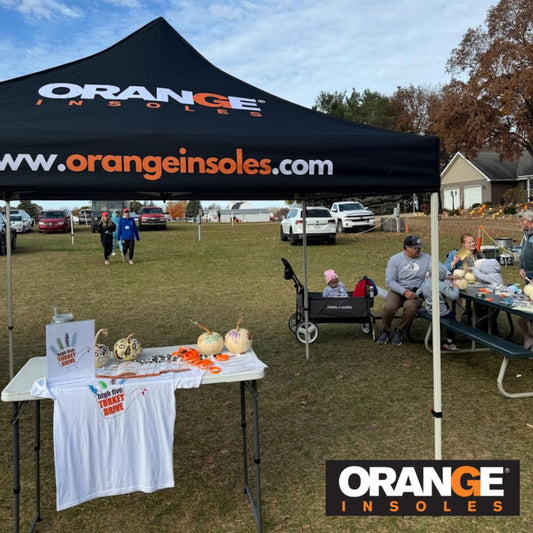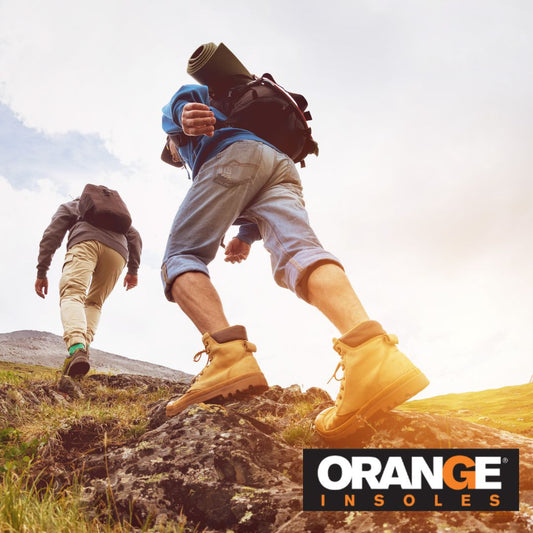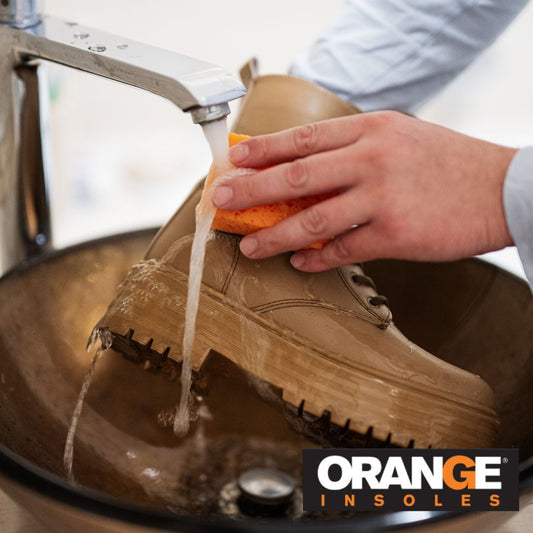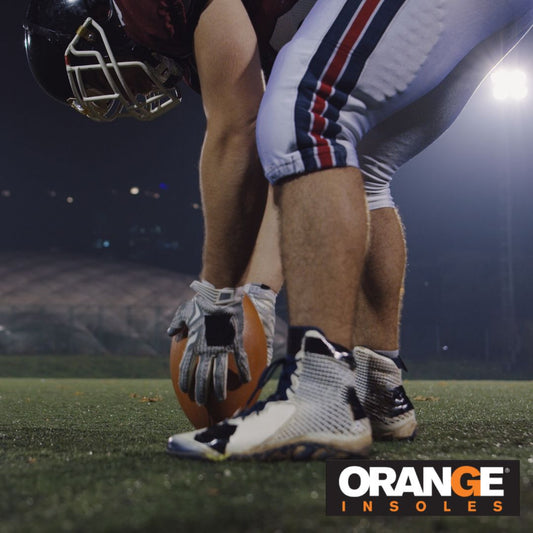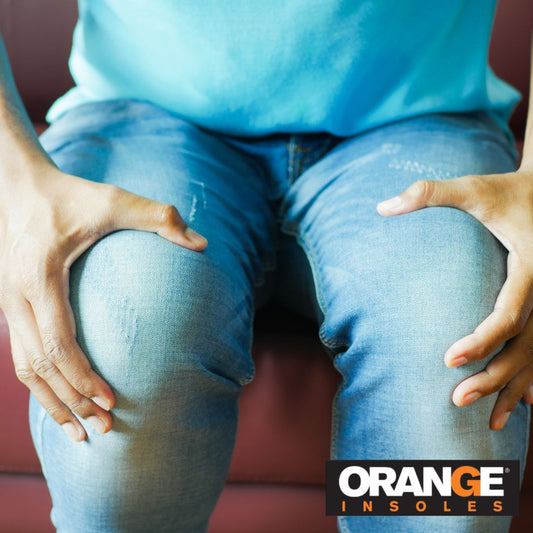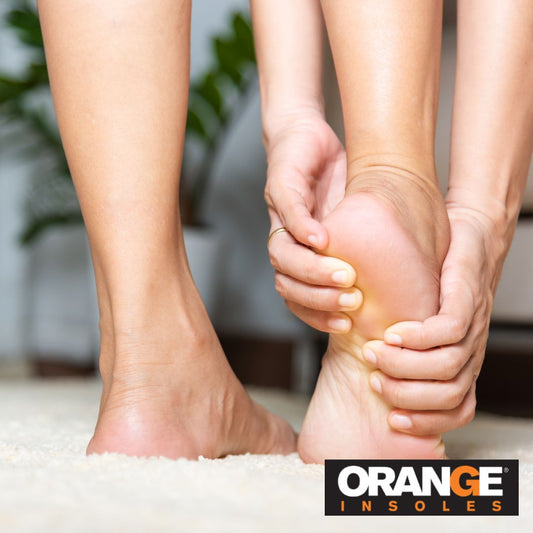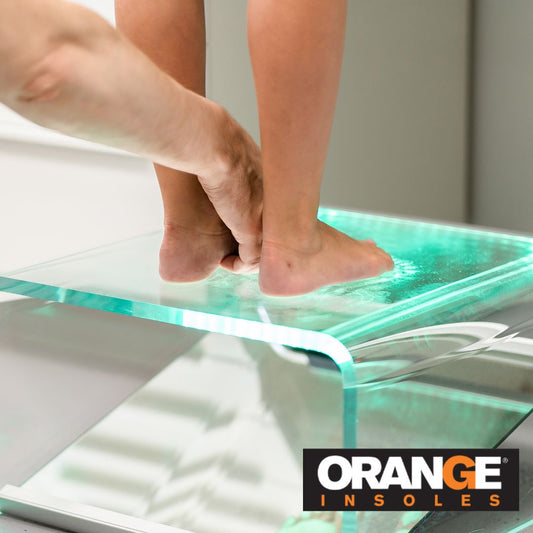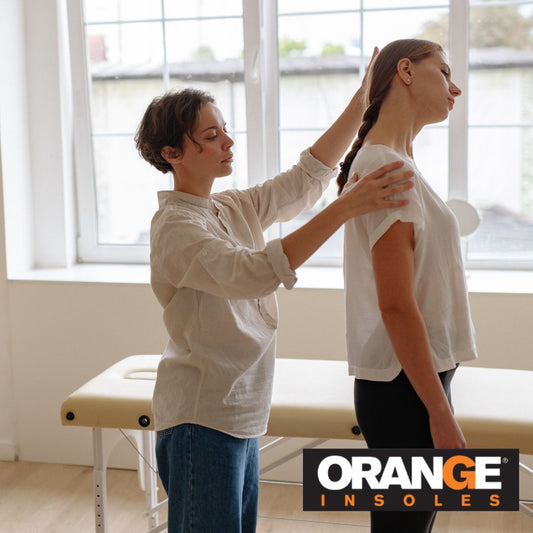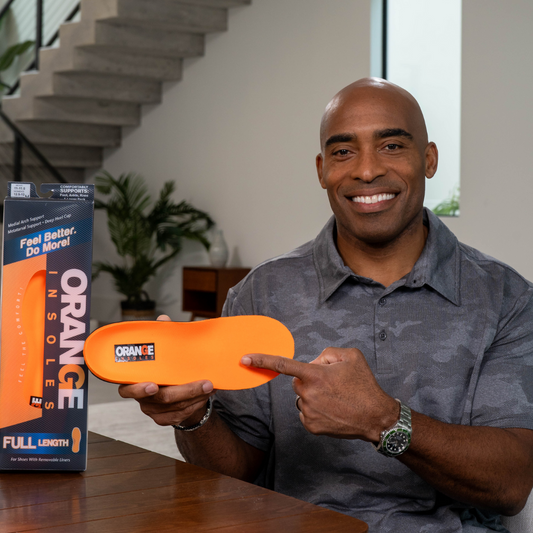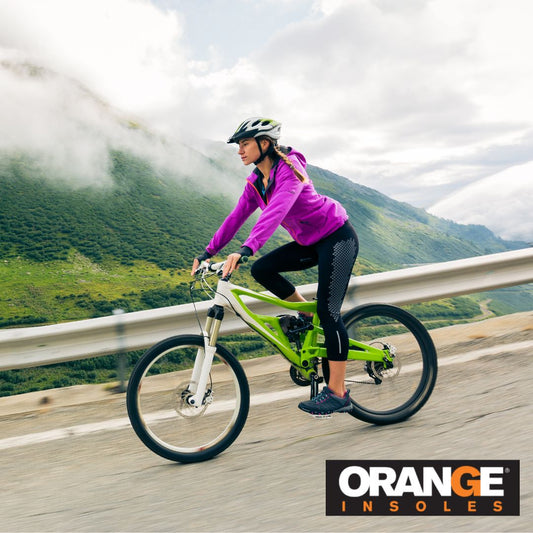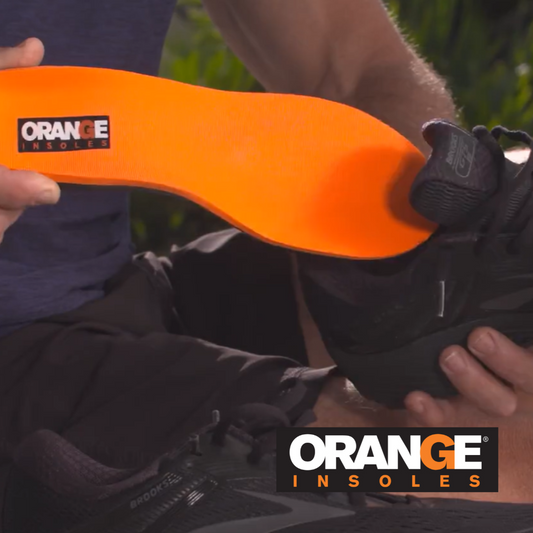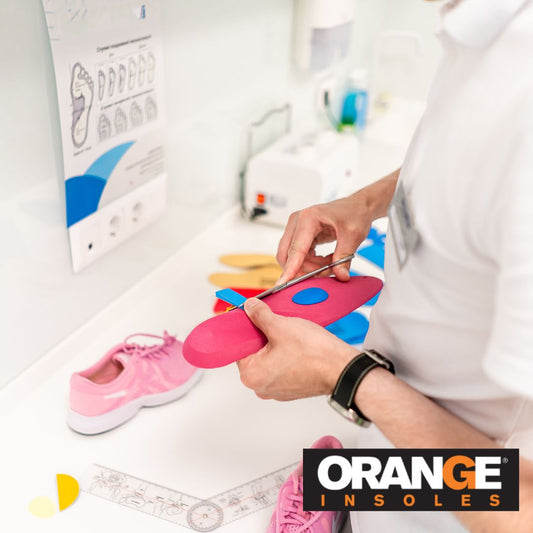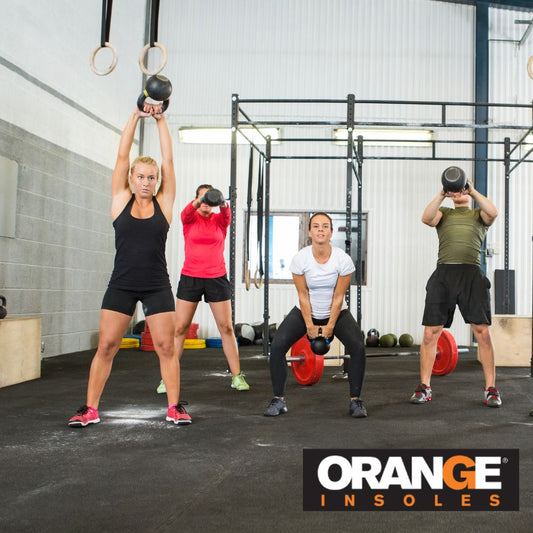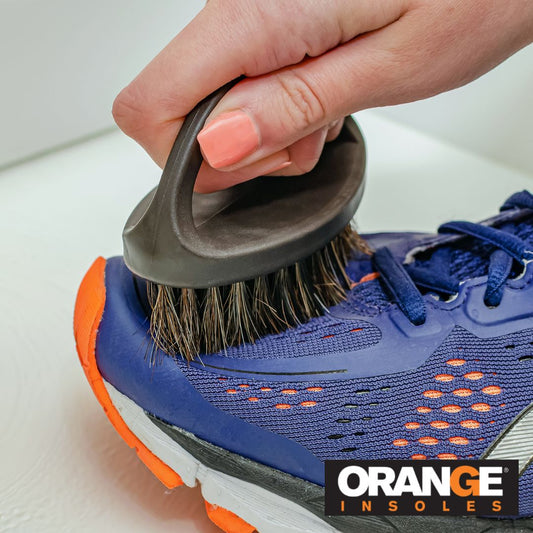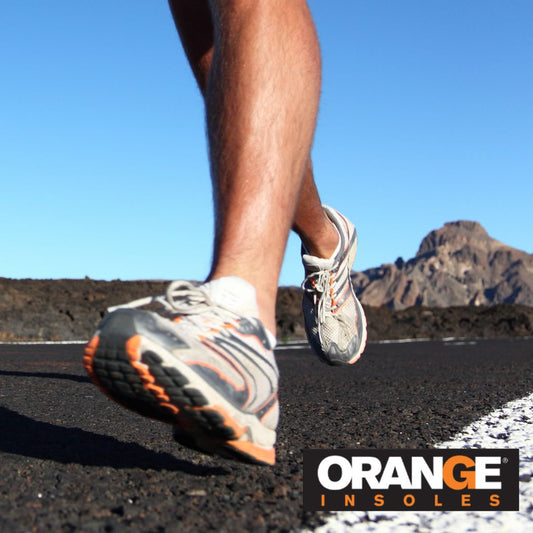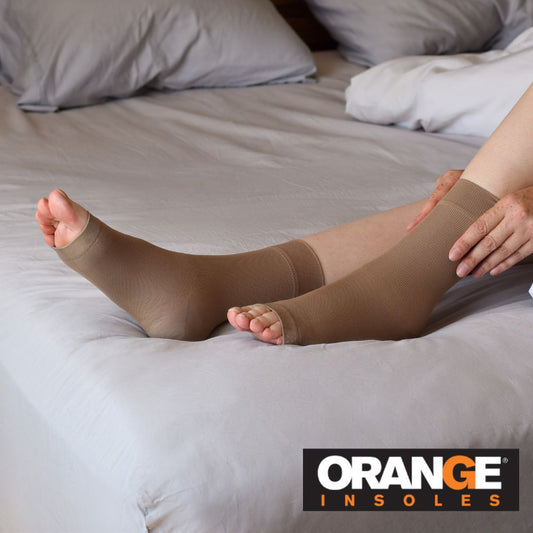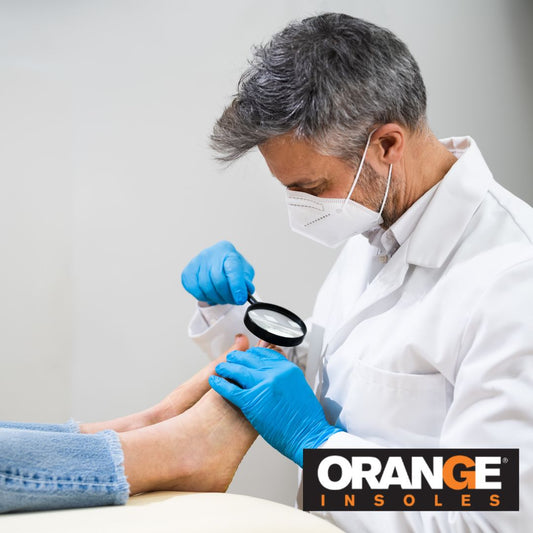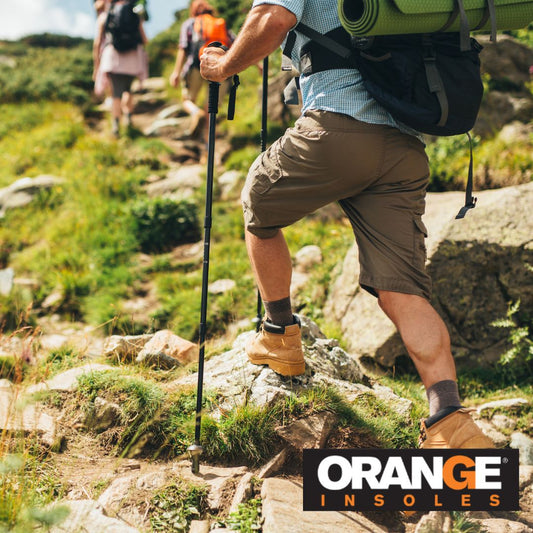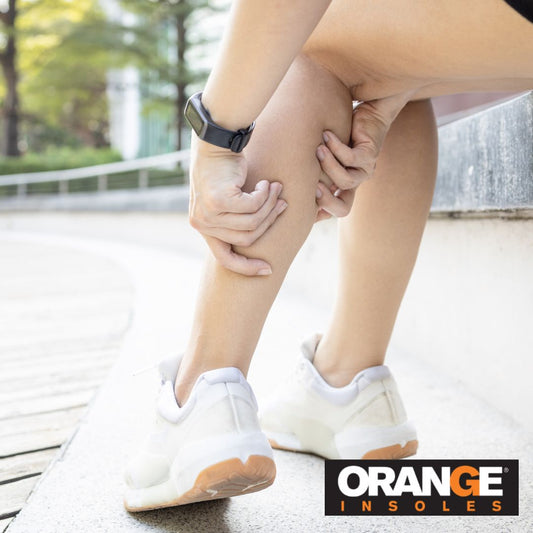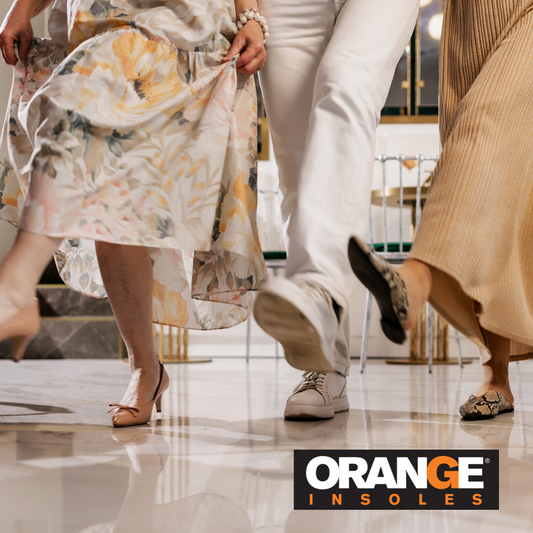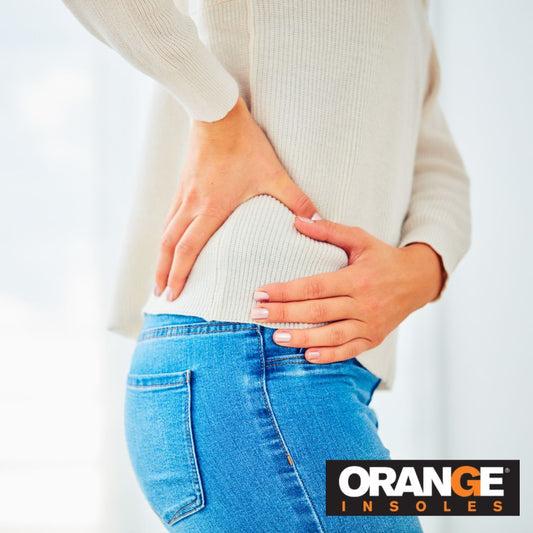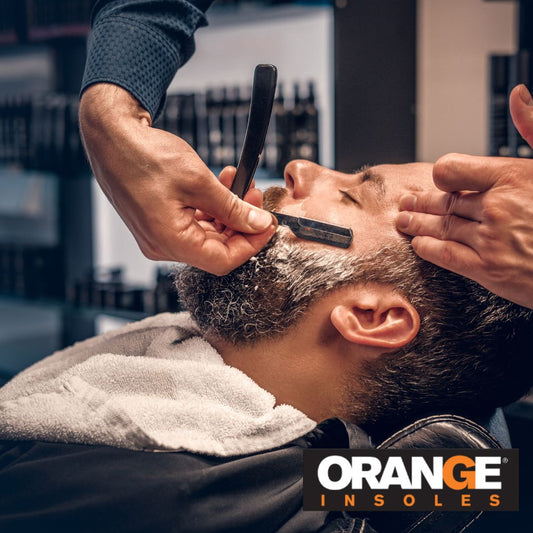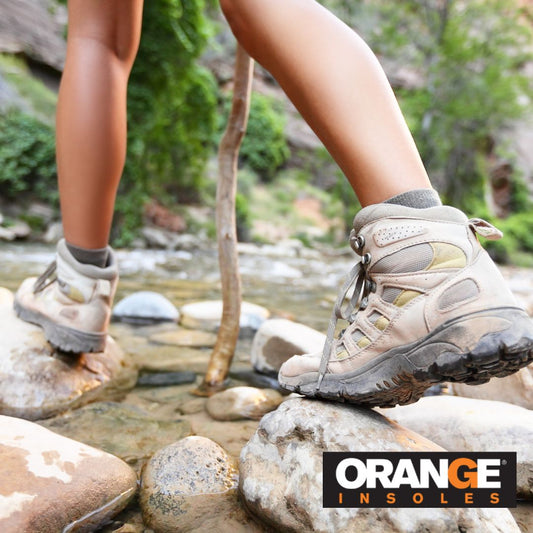It doesn’t matter whether you’re looking for athletic shoes, work shoes, or just cute around-town shoes… regardless of the purpose, you want your shoes to perform well, feel comfortable, and be supportive.
But every shoe has a different purpose. It can be tough to know exactly what makes certain shoes unique, and what they all have in common.
In this brief shoe guide, we’re going to break down the parts of a shoe, and explain how each part functions. By understanding how shoes work in relation to your needs, it will be easier to know what you should be looking for in your next pair of kicks.
So let’s start from the ground up:
The Outsole
The outsole is the part of the shoe that touches the ground. Where the rubber meets the road. Like the tires on your car, the outsole is durable enough to withstand high wear and provides traction on your walking surface so you don’t slip.
If you need shoes for alignment, look to the outsole first.
Outsoles vary according to the purpose of the shoe… non-slip work shoes are going to have different outsoles than loafers, or cleats, or hiking boots. The heel might be chunkier for extra wear. The forefoot may contain grooves for added flexibility.
Regardless, when we’re talking about outsoles, we’re really talking about foundation.
The outsole provides the foundation of your stride. And, just like the foundation of a building, it’s important to use the right foundation for the right structure.
As a rule, the main factors that impact outsoles are support and weight.
The wider an outsole, the more support a shoe has. Support helps to align the body. Wider base = more support. You’ll see this in a lot of supportive shoes and boots that are designed for stability and support.
The tradeoff, of course, is weight. A wide base is a heavier base. So if you’re engaging in short bursts of activity where you don’t want to be weighed down, it may make sense to have a shoe with a narrower outsole. Soccer players would rather use cleats than Doc Martens.
Take into account the type of outsole that best suits your needs when buying your next pair of shoes, and have realistic expectations about how the outsole will impact your stride and comfort. The most comfortable insoles in the world couldn’t make high heels a good choice for a long hike.
The Midsole
Moving up from the outsole, we have the midsole. This is the section of the shoe between the outsole and the foot.
The midsole also impacts your balance and support. But where the outsole is about gripping the ground and providing balance, the midsole is about how the shoe contours to your foot.
When it comes to the midsole, the name of the game is arch support. How high the contour of the midsole posts the medial arch, and how high the arch is lifted.
There are three types of midsoles:
Like the base of the outsole, it’s a tradeoff between support and weight. The level of support is impacted by the materials used. The heavier/more material used, the heavier, and more supportive, the shoe.
The Upper
And then there’s the part of the shoe that everyone can see: the upper. The upper is what fits around the foot and holds it in place over the sole.
There’s no one factor when it comes to an upper to keep in mind. There are countless variables to consider, almost all of them issues of personal preference.
There are leather uppers and mesh uppers, which can pit durability against breathability and ease of cleaning. There are countless ways that uppers can lace up, and some of them forego laces entirely.
When picking an upper, take into account the flexibility, the protective qualities, and the aesthetics. You want a shoe that fits your lifestyle, your habits, and your looks.
But, most importantly, make sure you like the fit. Make sure that the upper is the right size, with the correct length and width. Maybe visit a local specialty store where a professional can help analyze your foot for the best fitting shoe. Doing so will enhance comfort, and prevent issues like blistering.
What About Insoles?
You may be asking about where insoles fit into this whole picture. After all, there’s a whole market for shoe insoles.
There’s a reason for that… most shoes don’t come with a supportive insole.
The efficient foot may not need additional support from an insole-- it’s fully supported by the midsole and the outsole. So most shoe companies put a sock liner over the midsole, usually a thin layer of foam, that covers the seams in the midsole and helps make the foot more comfy.
Some folks call this an insole. However, this sock liner doesn’t provide the support of a genuine insole.
How can you tell if your insole is providing support? Well, go into your shoe and pull out the insole/sock liner. Test it by:
- Waving it back and forth quickly. Does it flop like a fish? Could you snap it in half like a cracker? Or does it mostly hold its shape? Does it have distinct sections in the heel and arch that are firm?
- Try and crumple it up into a ball in your hand. Does it collapse into a ball of foam? Or is there too much structure to manipulate it that easily?
If there are structured sections designed for support present, it’s an insole. If not... it’s just a sock liner.
Insoles that provide support may be required for shoes that aren’t supportive enough. If you’re experiencing sore feet due to plantar fasciitis, back or knee pain due to poor weight distribution, or hip pain due to improper alignment in your gait, a supportive insole may help.
There are plenty of insoles on the market, but not all of them support. There are foam and gel insoles designed primarily for comfort or odor control-- these are mostly glorified sock liners. So if you’re looking for support, make sure you’re checking for basic elements of support that actually help.
Things like a heel cup, support for the medial arch, and a metatarsal pad help support the foot throughout the entire gait.
Orange Insoles combine all three of these elements for added support when your shoe may not provide the support you need. And they come in three sizes to fit most any style of shoe. Check out our inventory to find the insole that’s right for you.







